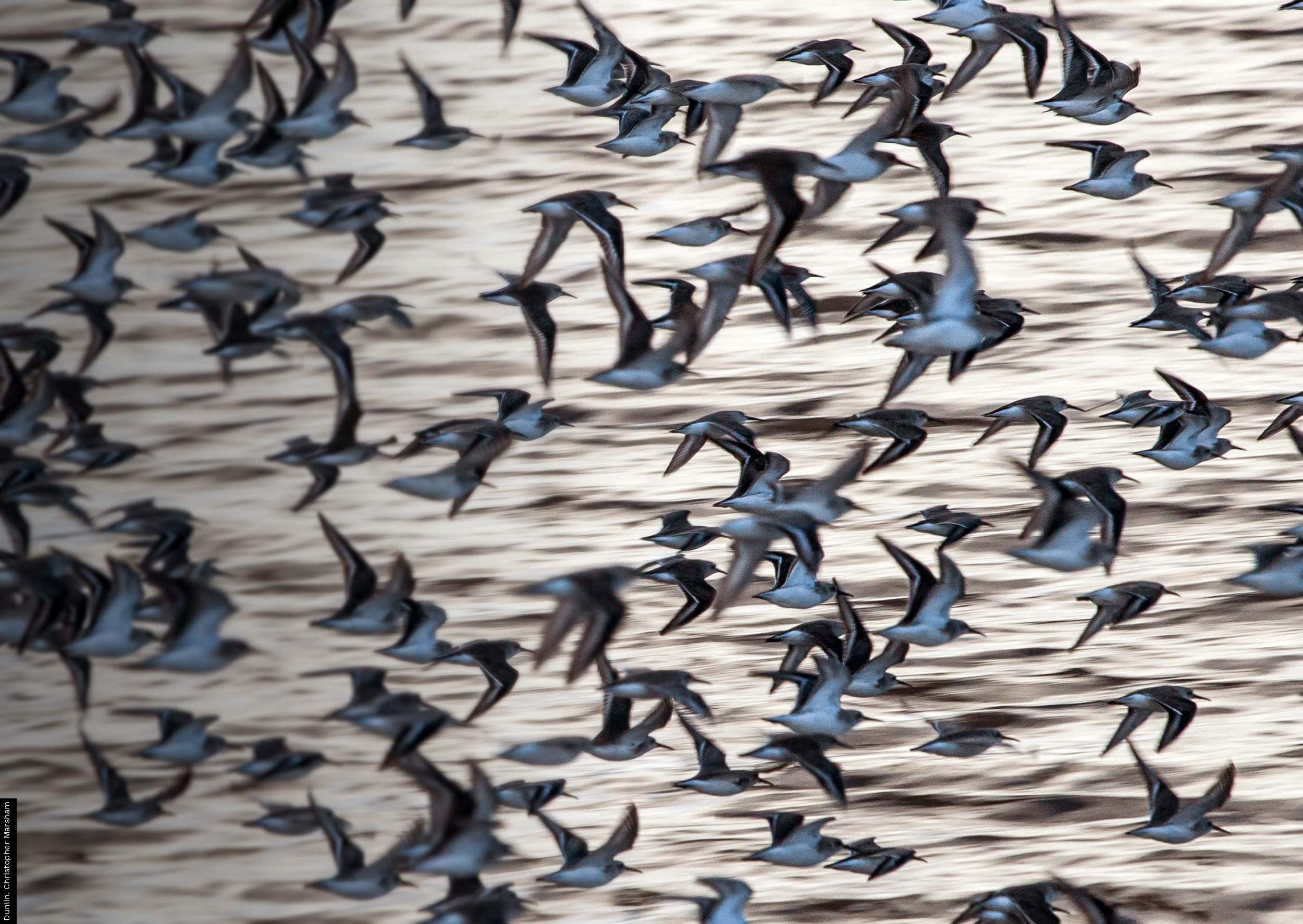State of Nature report 2016
14 Sep 2016
David Noble, Principal Ecologist and co-author of State of Nature 2016 writes:
On 14 September 2016, the State of Nature partnership officially launched their second report (State of Nature 2016) at the Royal Society in London. Produced by a consortium of 53 diverse conservation organisations, this report provides a snapshot of the population status of almost 4,000 terrestrial, freshwater and marine species and updates the statistics in the previous and first State of Nature report in 2013. The BTO is a key player, not only contributing the population trends for most birds, as you would expect, but also those for some mammals and together with Butterfly Conservation, for a number of widespread butterflies.
The headlines
The main headline is that nature in the UK has changed significantly over the past 50 years, with declining species outnumbering increasing species in all the main habitats except urban and marine (the latter based on a relatively small number of species for which we have reliable information). The most strongly affected habitats are grassland and heaths (60% of species declining), coastal areas (58% of species declining) and the uplands (55% of species declining), followed by freshwater habitats, woodland and farmland.
That sounds familiar but the second headline is that despite a few success stories, overall these declines are continuing, with short-term (10 year) trends in each of those habitats very similar to the longer-term pattern. Even within the last 10 years, close to 40% of species in all terrestrial and freshwater habitats show strong or moderate declines, whereas just over 30% show strong or moderate increases.
Across broad species groups, vertebrates and plants do seem to be faring better than invertebrates. However, the vertebrate group is relatively small, in the order of 200 species (most of which are birds because of the monitoring in place) compared to more than 1,800 invertebrate species, and a similar number of plants or lichens.
Although fewer in number, the vertebrates are by far the best monitored group, reflecting a high level of public interest and the carefully-designed long-term monitoring schemes developed more than 50 years ago by the BTO, its partners and other conservation organisations. The structure in schemes such as the BTO/JNCC/RSPB Breeding Bird Survey means that the data are robust and representative, and are able to be used in the indicators such as the Priority Species Indicator included in this report, as well as official Government biodiversity indicators for farmland, woodland birds and wetland birds.
Looking at drivers of change
An obvious question is what is the reason for such marked changes? The State of Nature initiative also undertook a comprehensive review and quantitative assessment of drivers of change across all taxa to identify the most important. Not surprisingly given the dominance of farmland in the UK landscape, foremost is agricultural intensification - exerting by far the strongest negative effect on a wide range of species over the last 50 years. This is due mainly to a reduction in mixed farming, higher grazing intensity, changes in cropping regimes, loss of marginal habitats and increased use of pesticides and fertilizers. A range of policies and voluntary mechanisms to encourage more environmentally farming have been implemented but although positive effects can be achieved at the local scale, evidence for broad-scale effects is scarce. Moreover, the influence of initiatives such as Agri-Environment Schemes can be swamped by sudden and marked changes in farming practice driven by the European Common Agricultural Policy and other economic pressures.
Climate change is a significant factor although currently the positive effects on species slightly exceed the negative impact. Drainage of wetlands, urbanisation and decreasing forest management had almost exclusively negative impacts whereas low intensity management of farmland, and an increasing area of plantation had mixed effects depending on the species.
Some positive effects
Some of the report can seem very doom and gloom but it also provides examples of projects that clearly demonstrate the effectiveness of conservation action. These include re-introduction projects, eradication of problem non-native species, habitat creation and protection and establishing suitable habitat networks at a range of scales.
The BTO is proud to be a founding member of the State of Nature Partnership and our long-term volunteer-based monitoring schemes are key to such assessments. It is extremely important that well-structured monitoring to track changes in biodiversity continues and that good evidence is collected to identify the causes of change. Publicising the results and engaging with the public as well as policy-makers, is essential to the success of any project based on citizen science.
View the 2016 State of Nature Report.






Share this page